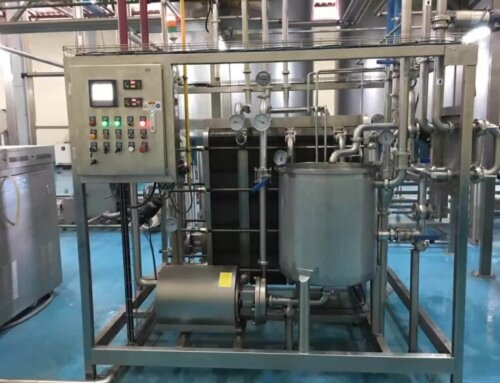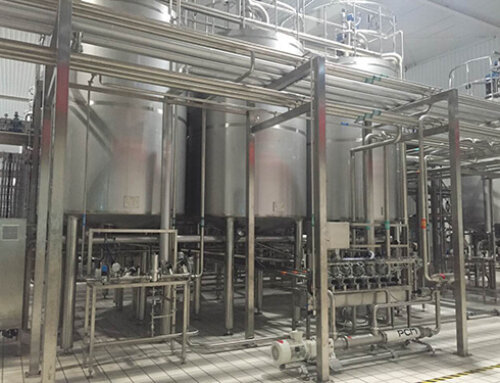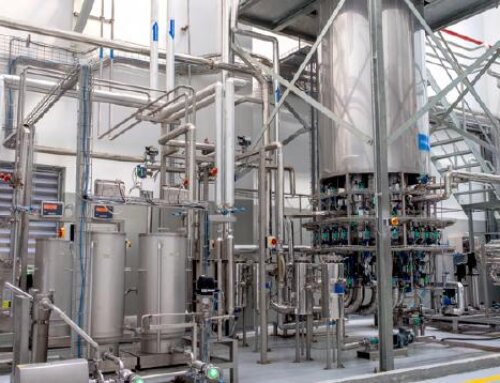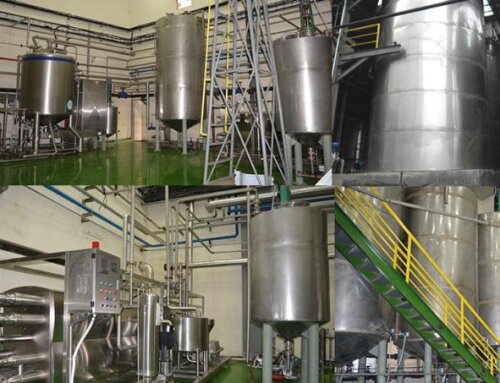Baby Food Production Description
Baby food production involves creating safe, nutritious, and easily digestible food products specifically designed for infants and toddlers. The production process focuses on hygiene, high nutritional standards, and careful ingredient selection to ensure the food is suitable for early-stage development.
Baby food is a specially formulated food product designed for infants and young children, typically between the ages of 4 to 24 months. It is prepared to meet the specific nutritional needs of babies and is made to be easy to digest, soft in texture, and safe for consumption. Baby food helps introduce babies to solid foods while providing essential nutrients that support growth and development during their early stages of life.
Baby food mainly includes rice flour, egg yolk, vegetable puree, fruit puree and some other puree food, carrot, apples, kiwi fruits, mango, berry fruits, avocadoes, and bananas are some of the most typical raw fruits to make the fruits puree as the baby food because they are soft, easy to digest, and packed with essential nutrients for a baby’s growth. Single fresh fruits or several mixed fruits can be made into fruit puree as baby food.
Some ingredients can also be added into baby food when for baby food puree production such as grain, yogurt, cheese, coconut oil, honey, milk, and sugar to increase the baby food flavor and nutrition.
The capacity for baby food production is from 500L/H to 5000L/H, and the end products can be filled into pouches or glass jars.
Baby food production includes fresh fruits or vegetables washing and sorting, crushing and pulping, fruit puree and other flavors blending and cooking, fruit puree filling, pasteurizing and packing system.
Fresh fruits or concentrated fruit puree can be used as raw materials to manufacture baby food products.
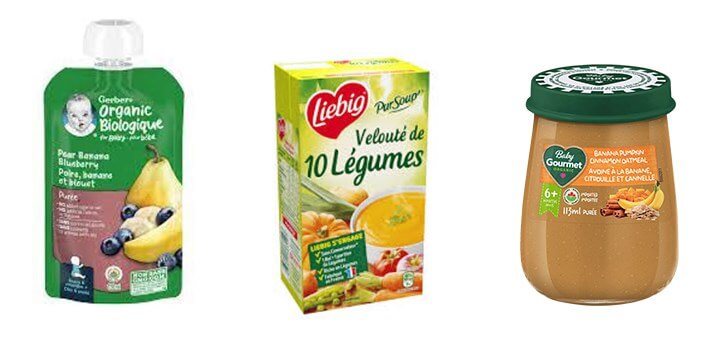
Baby Food Production Process
Ingredient Selection
High-Quality Raw Materials: Fruits, vegetables, grains, and sometimes meats are selected for their freshness, nutritional value, and safety. Organic ingredients are often preferred to avoid pesticides, chemicals, and genetically modified organisms (GMOs).
Nutritional Considerations: The ingredients are chosen to meet the nutritional needs of babies, with an emphasis on essential vitamins, minerals, and healthy fats for brain and physical development.
Fresh fruits washing and cleaning
Thorough Cleaning: The selected raw materials are thoroughly washed to remove dirt, bacteria, and potential contaminants. This step is crucial for ensuring the safety of baby food.
Peeling and Cutting: Fruits and vegetables are peeled (if necessary) and cut into smaller pieces to make the cooking process more efficient and ensure consistency in the final product.

Fresh fruits crushing and pulping
The fruits and vegetables after preparation can be crushed and pulped to get the raw fruit puree with the tooth crusher and pulping machine, during the pulping process, usually the 0.6mm sieve screen will be used to make fine puree products. When making the cold pressed baby food products, the cold fruit pulp extraction machine will also be used so the whole extraction process will be in room temperature.
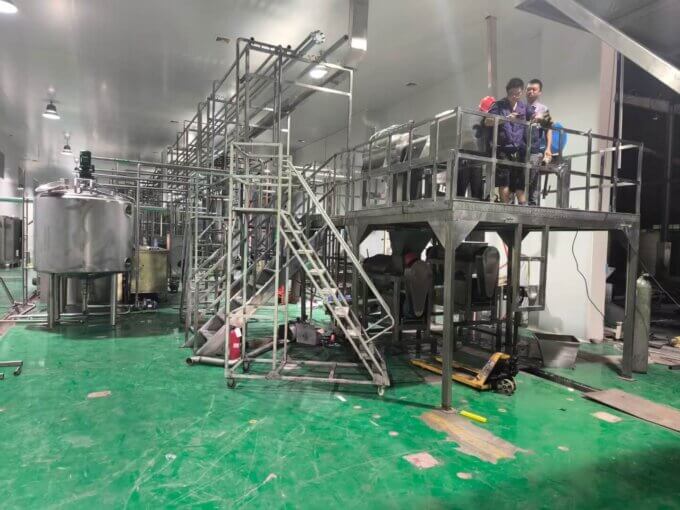
Baby food preparation and formulation
In the baby food preparation system, the raw material can be fruit pulp from fresh fruits or concentrated fruit puree or single-strength fruit puree in 220L bag in drums. If the fruit pulp from fresh fruits, then the manufacturers must have fresh fruits available to make into fruit pulp by washing and fruit pulping process; If using concentrated or single-strength fruit puree in aseptic bag in drums, then need one piston pump to transfer the fruit puree from barrels to the blending tanks.
Fruit puree, milk, sugar, flavor and other ingredients will be mixed together in the mixing tank with a certain ratio to adjust the consistency and make the food easier for babies to swallow. This system will use two machines including our inline high-shear emulsification tank and low-speed mixing tank, after mixing, the baby food are pureed or blended into a smooth, fine texture, suitable for infants.
In some commercial baby foods, additional nutrients such as iron, vitamin D, DHA, and Omega-3 fatty acids are added to ensure babies receive a well-rounded diet.
Iron and DHA: These are often included because babies need iron for brain development and DHA for cognitive function.
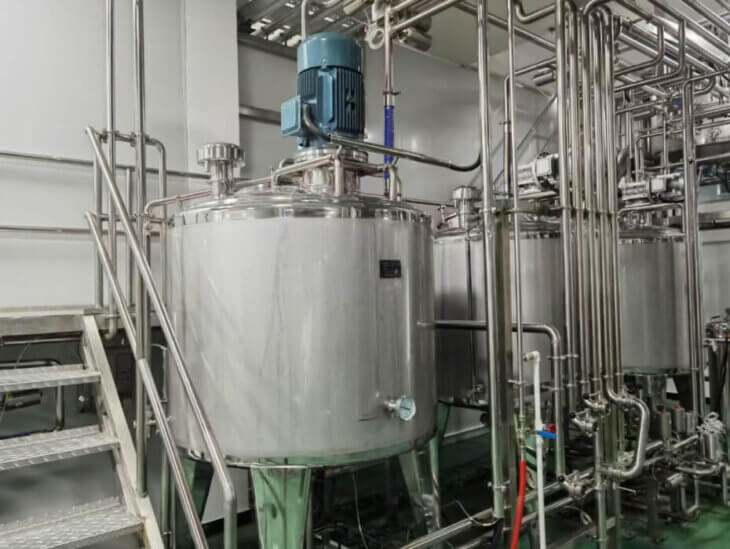
Baby food pasteurizing and homogenizing
Baby food is homogenized first to ensure uniformity before undergoing pasteurization. This process helps create a smooth texture and distributes the ingredients evenly, ensuring the food is pasteurized uniformly. The homogenizing pressure will be 15-25Mpa at 60-70℃.
Pasteurization is a heat treatment process used to kill harmful bacteria, enzymes, and pathogens in baby food, ensuring the product is safe for consumption. The goal is to eliminate bacteria without significantly altering the nutritional content or flavor of the food. The baby food is heated to 60°C and 85°C for 30-120S and then cooled down to room temperature with the tube-in-tube pasteurizer or scrape surface heat exchanger.
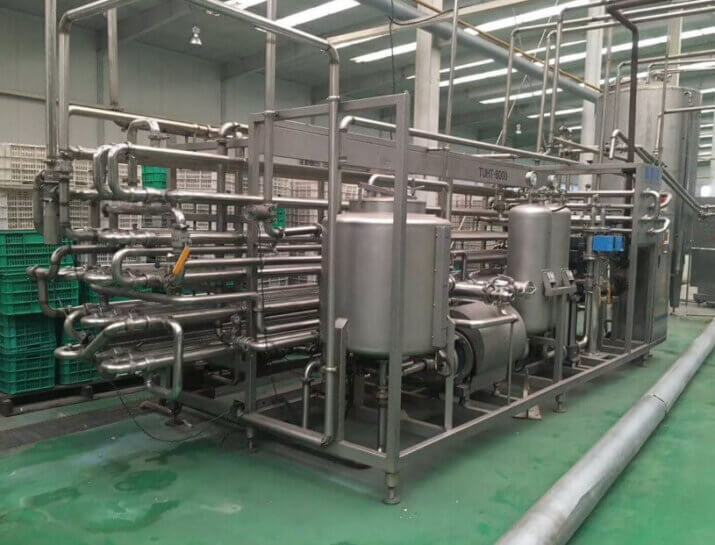
Baby food filling system
The baby food filling system is a critical step in baby food production, where the processed and homogenized baby food is filled into containers such as jars, pouches, or tubs. This process must be performed under strict hygiene standards to ensure the safety, quality, and shelf-life of the final product. For the baby food, we usually use the piston-type hot filling technology to fill the products into the containers. To ensure the shelf life of the end products, the sealing process must be tight.

Baby food in container pasteurization
Hot Process: Commercial baby food often undergoes pasteurization by tunnel pasteurizer or water bath pasteurizer to kill harmful bacteria and extend shelf life by 95℃ for 20 minutes. This process allows the food to be shelf-stable for several months without the need for refrigeration.
Cold Pressing (Alternative Method): Some baby food manufacturers use a cold-press process to preserve nutrients while extending shelf life, With this method, we usually use a high-pressure processing system(HPP system) to pasteurize the baby food instead of heat treatment pasteurization method.
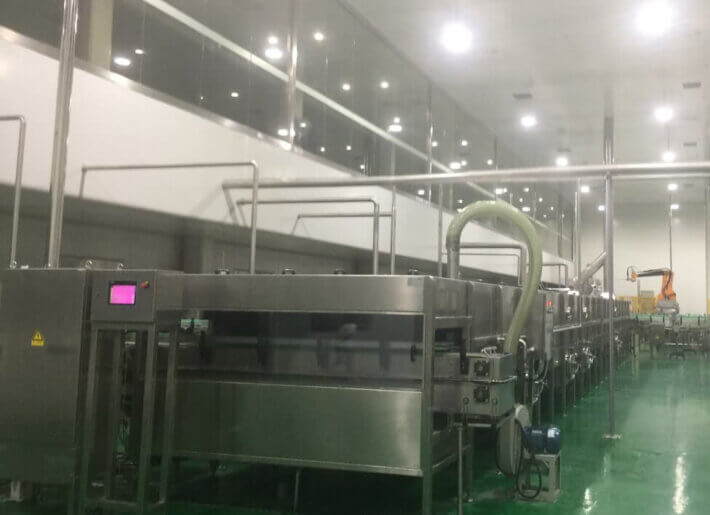
Labeling and packing
Labeling: The packaging includes labeling with essential information such as ingredients, age recommendations, nutritional content, and storage instructions. It also mentions potential allergens.
Packaging: the baby food containers after pasteurization, it can be packed into the cartons, film shrinking packages with 6 containers or 12 containers one package.
Storage and Distribution
Storage Conditions: Baby food is stored at room temperature(30-35℃) or cold environments(4℃) to maintain its freshness and nutritional value according to different pasteurization methods.
Distribution: The packaged baby food is then distributed to grocery stores, pharmacies, and online retailers. Storage and transport conditions are carefully monitored to ensure the product’s quality is maintained.

